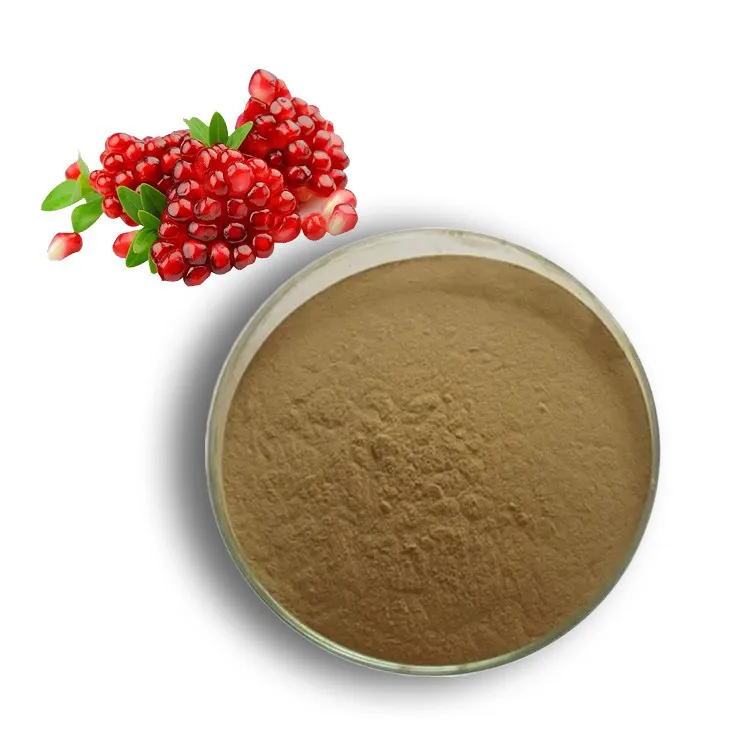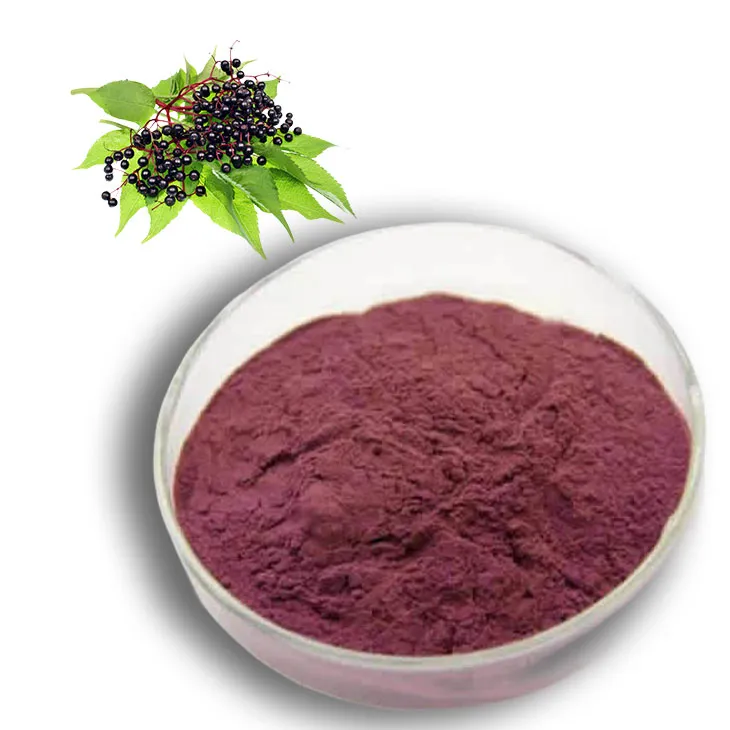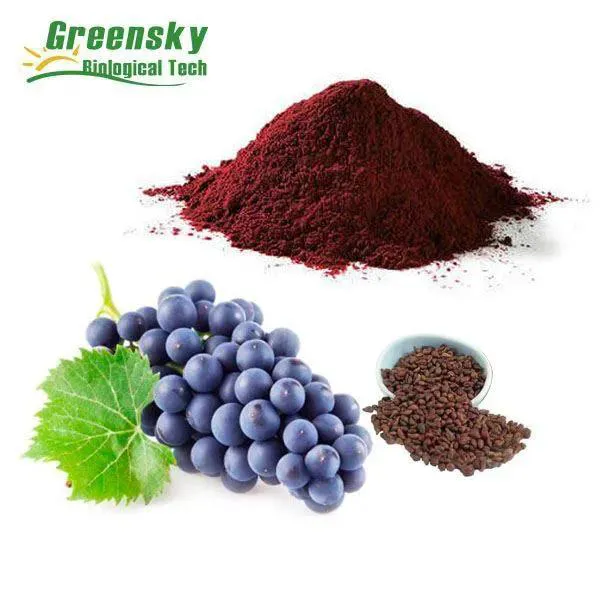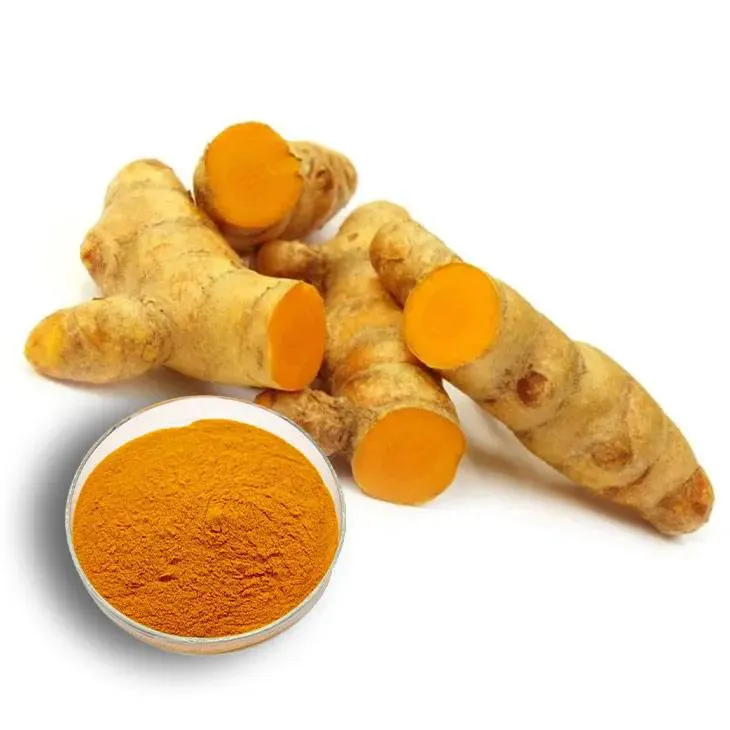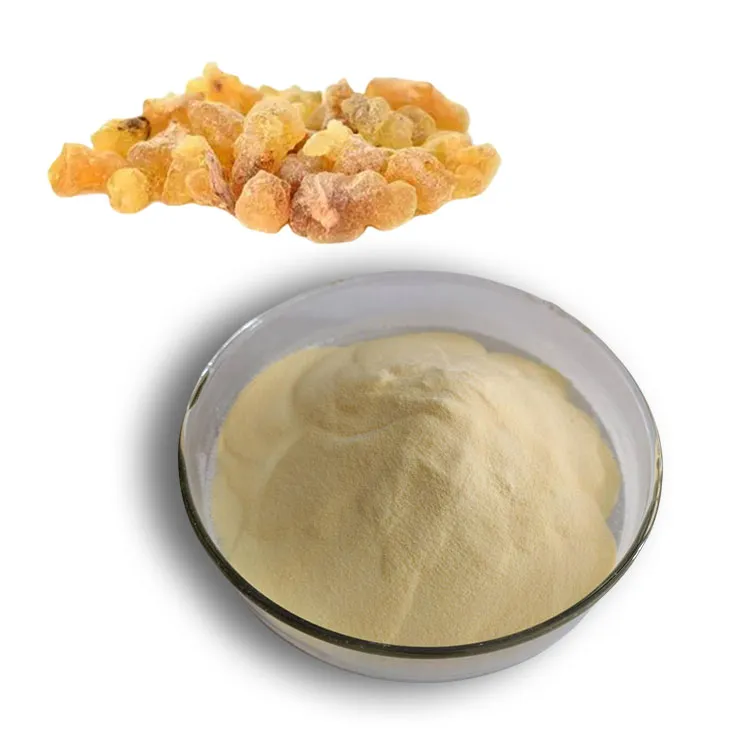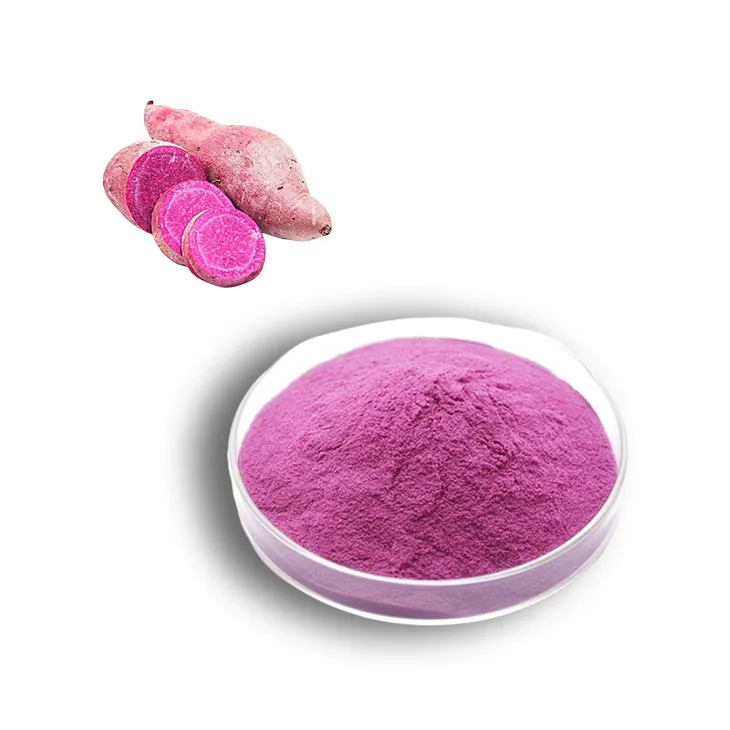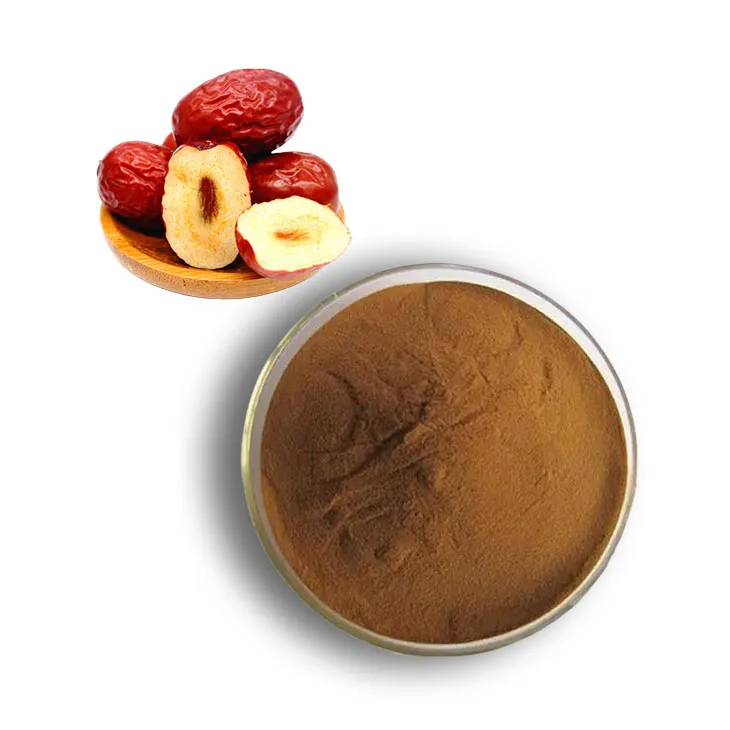- 0086-571-85302990
- sales@greenskybio.com
What is delta aminolevulinic acid
2025-10-23
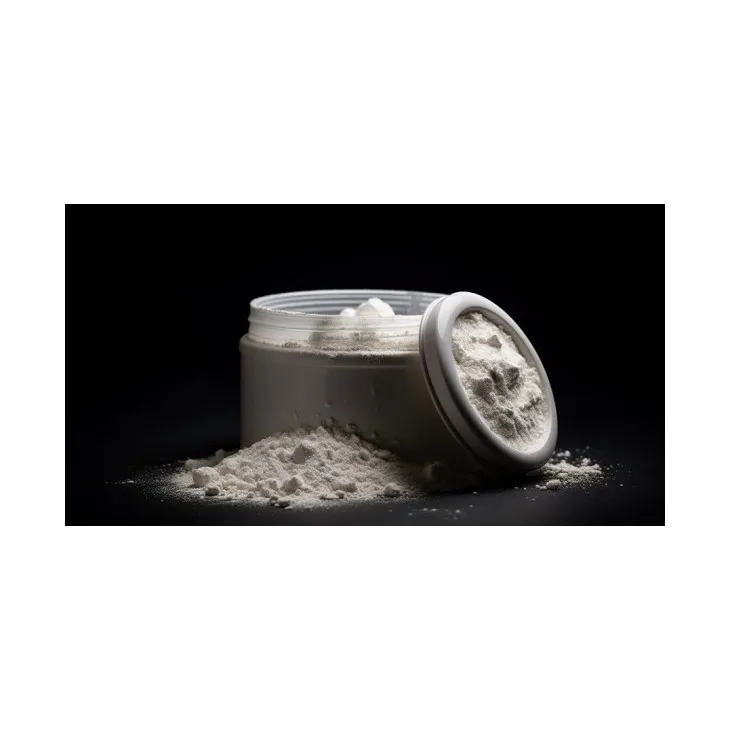
Delta-Aminolevulinic acid (ALA) is a pivotal compound in the field of biochemistry and medicine, garnering interest for its applications in diverse medical disciplines. As a naturally occurring compound in the body, ALA plays a crucial role in the biosynthesis of heme, an essential component of hemoglobin, cytochromes, and other hemoproteins. Beyond its biochemical significance, ALA has garnered attention for its therapeutic potential, particularly in photodynamic therapy (PDT) for treating various medical conditions, including certain types of cancer and skin disorders. This article delves into the nature of delta-Aminolevulinic acid, its biological importance, and its expanding role in medical treatment.
Understanding Delta-Aminolevulinic acid
Delta-aminolevulinic acid is an organic compound and a key precursor in the heme biosynthesis pathway. Heme is an iron-containing prosthetic group that constitutes an integral part of hemoglobin, myoglobin, cytochromes, and catalases. These hemoproteins are vital for various biological processes, including oxygen transport, electron transfer, and enzymatic activity. ALA is synthesized in the mitochondria through the condensation of glycine and succinyl-CoA, a reaction catalyzed by the enzyme delta-aminolevulinic acid synthase (ALAS).
The heme biosynthesis pathway begins with ALA production, followed by several enzymatic reactions that convert ALA into protoporphyrin IX, which finally chelates iron to form heme. Any disruption in this pathway can lead to disorders such as porphyria, characterized by the accumulation of toxic intermediates. Thus, maintaining the proper synthesis and regulation of ALA is critical for cellular and systemic health.
Biomedical Applications of ALA
Photodynamic Therapy (PDT):
One of the most significant applications of delta-aminolevulinic acid lies in the field of photodynamic therapy. PDT is a treatment modality that combines a photosensitizing agent with light exposure to produce reactive oxygen species that destroy targeted cells. In this context, ALA serves as a precursor for the endogenous photosensitizer protoporphyrin IX.
In PDT, ALA is applied topically or administered systemically, leading to the accumulation of protoporphyrin IX in rapidly proliferating cells such as cancer cells or hyperkeratotic cells in conditions like actinic keratosis. When exposed to a specific wavelength of light, protoporphyrin IX activates, producing singlet oxygen and other reactive species that induce cell death. ALA-PDT has been effectively used to treat non-melanoma skin cancers, actinic keratosis, and even acne due to its ability to selectively target pathological cells while sparing normal tissue.
Cancer Diagnosis and Management:
Beyond therapeutic applications, ALA plays a role in cancer diagnosis. The selective accumulation of protoporphyrin IX in cancerous tissues allows for fluorescence-guided resection in surgeries. This technique enhances tumor visualization, enabling more precise excision of malignant tissues and potentially improving surgical outcomes. In neurosurgery, the use of ALA-induced fluorescence aids in the resection of malignant gliomas, allowing surgeons to distinguish between healthy and cancerous brain tissue.
Dermatological Applications:
In dermatology, ALA-derived protoporphyrin IX is utilized for its therapeutic and diagnostic capabilities. ALA-PDT is employed to treat various skin conditions, including actinic keratosis, psoriasis, and superficial basal cell carcinoma. Additionally, its use in aesthetic dermatology has been explored for photorejuvenation and the treatment of acne by targeting sebaceous glands and reducing bacterial load.
Biological and Safety Considerations
While delta-aminolevulinic acid has promising applications, understanding its biological implications and ensuring safety in its use is paramount. ALA supplementation, whether topical or systemic, is generally well-tolerated; however, photosensitivity is a known side effect, necessitating the avoidance of direct sunlight or strong artificial light immediately post-treatment to reduce the risk of phototoxic reactions.
Moreover, in therapeutic contexts, the dose and timing of ALA administration must be carefully controlled to maximize efficacy and minimize side effects. Research is ongoing to optimize formulations, enhance tissue penetration, and improve selective accumulation in target tissues.
Future Directions and Advances
Research into the applications of delta-aminolevulinic acid continues to expand, opening new avenues in medical science. Advances in nanotechnology and drug delivery are being explored to enhance the precision and efficiency of ALA-based therapies. For instance, the development of ALA-loaded nanoparticles aims to increase the specificity of drug delivery, reduce systemic exposure, and enhance the accumulation of photosensitizers in pathological tissues.
Furthermore, the exploration of ALA in combination therapies—such as with other photosensitizers, chemotherapy agents, or immune modulators—holds potential to improve treatment outcomes for complex conditions like cancer. Understanding the genetic and molecular basis of ALA metabolism and its role in various diseases can also inform tailored therapeutic strategies and patient-specific treatments.
Conclusion
Delta-aminolevulinic acid stands as a significant compound in both biochemical and medical realms, with its role in heme synthesis being fundamental to cellular function and metabolism. Its utilization in photodynamic therapy and other medical applications showcases its broad potential in modern medicine, providing effective, minimally invasive treatment options for a range of conditions. As research progresses, the scope of ALA's applications is likely to expand, offering new insights and advances in patient care. With ongoing innovation and exploration, delta-aminolevulinic acid is poised to remain a vital contributor to therapeutic strategies and diagnostic techniques in the years to come.
, a great article source where you can learn about Supplements and their health benefits, you also can get the latest food Supplements. Green Sky Bio provides the best extracts and supplements. It is a Chinese self-developed brand that is trustworthy! Welcome to email us to inquire about our products.
- ▶ Hesperidin
- ▶ Citrus Bioflavonoids
- ▶ Plant Extract
- ▶ lycopene
- ▶ Diosmin
- ▶ Grape seed extract
- ▶ Sea buckthorn Juice Powder
- ▶ Fruit Juice Powder
- ▶ Hops Extract
- ▶ Artichoke Extract
- ▶ Mushroom extract
- ▶ Astaxanthin
- ▶ Green Tea Extract
- ▶ Curcumin
- ▶ Horse Chestnut Extract
- ▶ Other Product
- ▶ Boswellia Serrata Extract
- ▶ Resveratrol
- ▶ Marigold Extract
- ▶ Grape Leaf Extract
- ▶ New Product
- ▶ Aminolevulinic acid
- ▶ Cranberry Extract
- ▶ Red Yeast Rice
- ▶ Red Wine Extract
-
Pomegranate Extract
2025-10-23
-
Elderberry Extract
2025-10-23
-
Astaxanthin
2025-10-23
-
Grape Seed Extract
2025-10-23
-
Curcumin Extract
2025-10-23
-
Boswellia Serrata Extract
2025-10-23
-
Rose Hip Extract
2025-10-23
-
Yellow Pine Extract
2025-10-23
-
Purple Sweet Potato Extract
2025-10-23
-
Red Date Extract
2025-10-23











